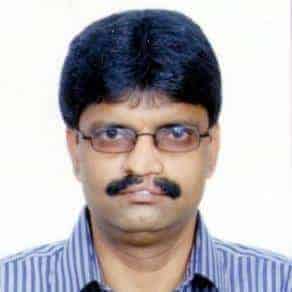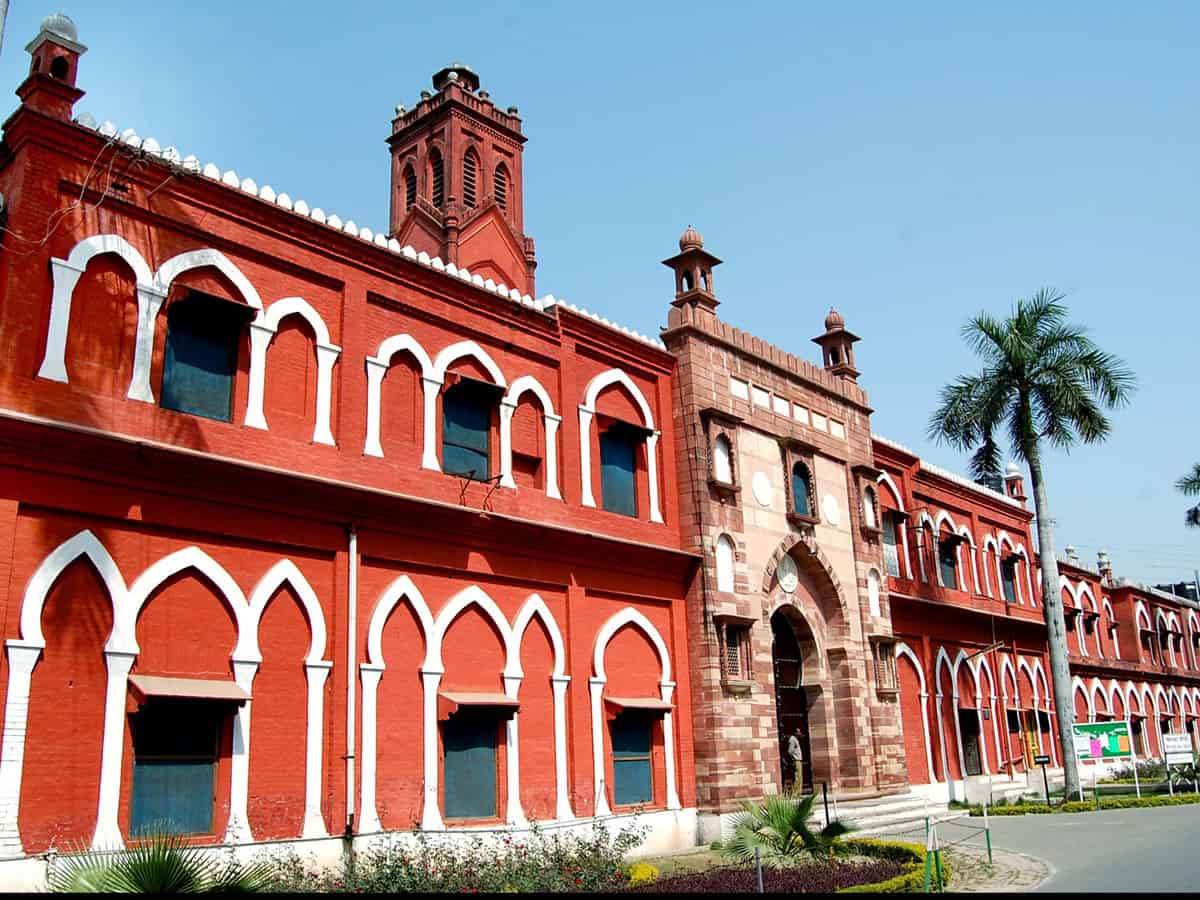
An inscription in Urdu and English at Sir Syed Hall, one of the earliest hostels at Aligarh Muslim University (AMU), has an interesting piece of information.
It states that in 1907, philanthropist and the first Indian Sheriff of Mumbai, Sir Adamji Peerbhoy, donated Rs 1.1 lakh to the Mohammedan Anglo Oriental (MAO) College’s funds committee to make it a university. It was the largest individual contribution to the university project then. MAO College became AMU on December 1, 1920. As Prime Minister Narendra Modi chairs AMU’s December 22 online centenary celebrations, it seems apt to revisit the historic bonds AMU has with Mumbai.
If the Non-Cooperation and Khilafat Movements forced AMU’s first Vice-Chancellor Raja of Mahmudabad Mohammad Ali Mohammad Khan and first Chancellor Nawab of Bhopal Sultan Jahan Begum to keep celebrations of the college metamorphosing into a university low-key at Strachey Hall in Aligarh on December 17, 1920, the pandemic has made current VC Dr Tariq Mansoor and chancellor and head of the Dawoodi Bohras Syedna Mufaddal Saifuddin to hold centenary celebrations virtually.
“Dr Syedna Mufaddal Saifuddin is looking forward to welcoming the PM and is expected to join the centenary celebrations virtually,” said a community spokesperson.
The Syednas have long associations with AMU. Beginning with AMU presenting an honorary degree, Doctor of Theology, to Syedna Taher Saifuddin in 1946, he was made chancellor in 1953. It was during his chancellorship that the first PM, Jawaharlal Nehru, laid the foundation stone of Maulana Azad Library, Asia’s largest library, at AMU.
Saifuddin’s son and successor Syedna Mohammed Burhanuddin received the honorary degree of Doctor of Theology in 1966. An old school, Minto Circle, was renamed as Syedna Taher Saifuddin High School. Burhanuddin was elected chancellor in 1999, and his son and successor Syedna Mufaddal Saifuddin received the chancellorship in 2015. In 2016, the current Syedna initiated the renovation of the old school and donated 1,000 computers to it. On founder Sir Syed’s birthday (October 17) this year, the chancellor inaugurated the “Centenary Gate” erected on the campus to commemorate the centenary.
“The current and past two Syednas have maintained excellent bonds with AMU. They are known for generosity, and in this centenary year, the chancellor His Holiness Syedna Mufaddal Saifuddin should announce an endowment that will be remembered for centuries,” said the chancellor’s representative in the university court M Asif Farooqui.
Before the Syednas, the 48th Imam of the Ismaili Shias Sultan Mahomed Shah Sir Aga Khan III (1877-1957), then headquartered in Mumbai, led the campaign to get MAO College its university status. “In 1906, Agha Khan led a delegation of 35 prominent Muslims to then viceroy Lord Minto and submitted a memorandum regarding Muslim university. The delegation was asked to show Rs 30 lakh in the accounts before the university status was granted. A massive drive to collect funds began,” said Rahat Abrar, director, Urdu Academy at Aligarh.
The Agha Khan gave a “now or never” call to get the university status at the 1910 session of Mohammedan Educational Conference held in Nagpur. Started by Sir Syed in 1886, the Conference created awareness for modern education among Muslims and, at its 1903 session at Anjuman-I-Islam, Mumbai, passed a resolution to expedite the movement for the university. As AMU turns 100, its link with the city continues.
Mohammed Wajihuddin, a senior journalist, is associated with The Times of India, Mumbai. This piece has been picked up from his blog.

